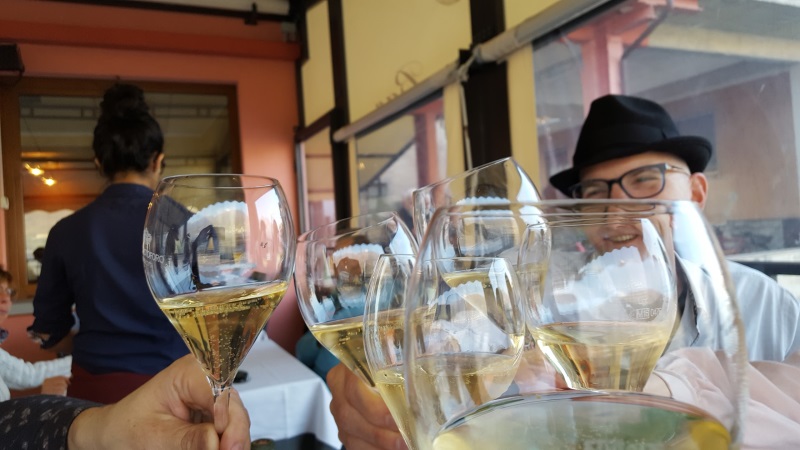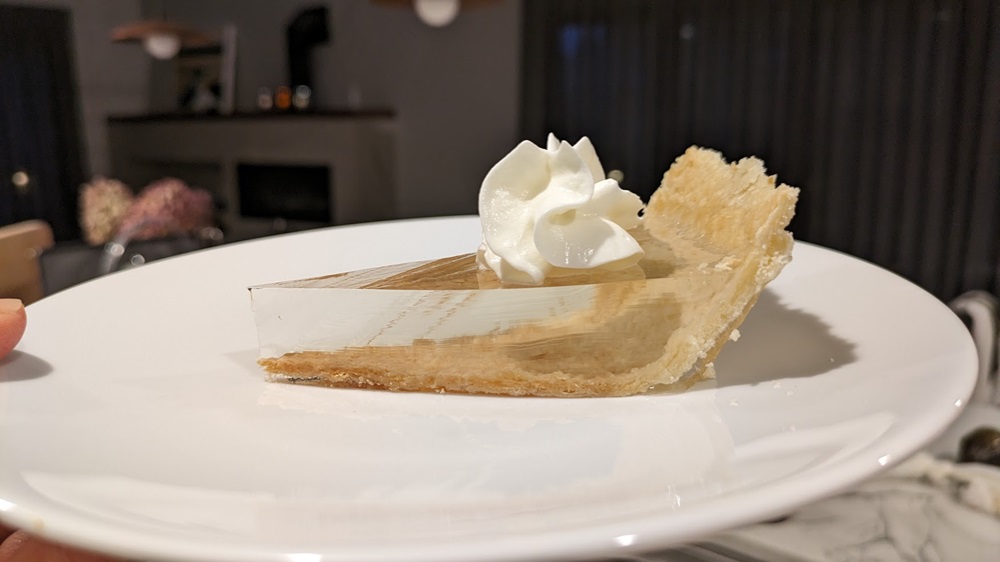Glyptothek Sculpture Museum, Munich, Germany
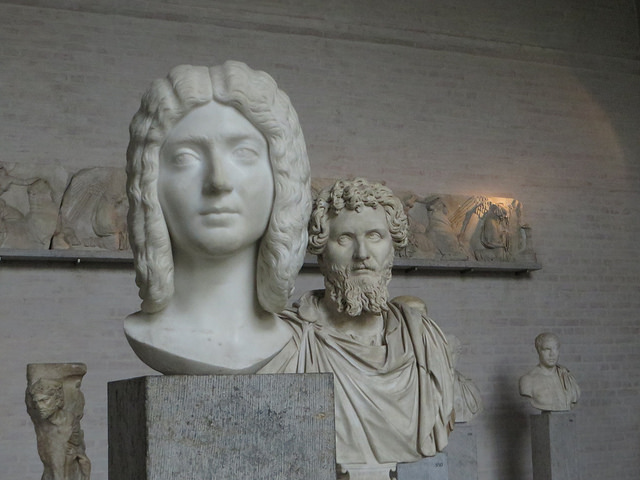
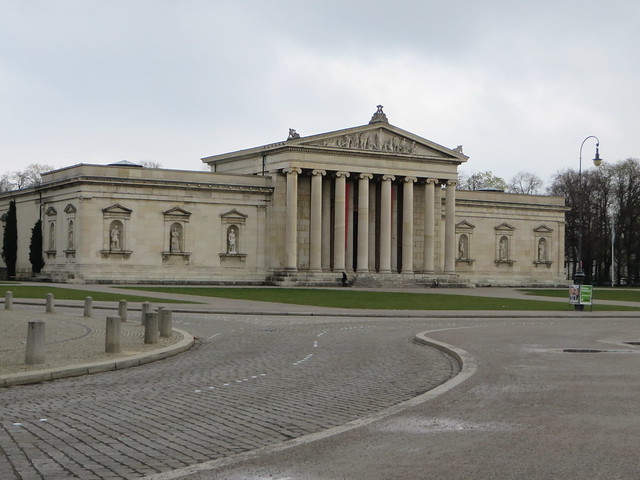
–
Hi.
Remember me?
I know, I know. It’s been a while. Given how regularly I blog, I’ve been weirdly absent for the last few weeks. I’m sorry. It probably looks like I’m having an affair with another website, and I promise, that’s not it. Except for my flirtations with Zappos, I remain as committed as ever to this site. I swear.
I’ve just been busy. And traveling. And doing a bunch of other things that I will tell you about at a later date (promise).
But right now, let’s talk about the traveling. We were gone for more than two weeks. Bavaria, the south of Italy, and just to mix things up a bit, a couple nights in Boston, too. So much happened. Visits with relatives. Trips to museums. Stays at four hotels, and one bed and breakfast. The tackling of many, many flights of stairs. The consumption of several pounds of pasta because, sheesh, did you see all those stairs we tackled?
It’s hard to know where to start. But my photos and notes tell me that the place to begin is in Munich, at the Glyptothek. And while it wasn’t my favorite adventure of the trip (not by a very long shot), it seems appropriate enough to start there.
It was a grey, chilly morning, just a few weeks ago. I’d gotten it into my head that I’d wanted to visit this museum, dedicated exclusively to Greek and Roman sculpture. Admittedly, this is an odd choice. There are certainly more interesting places to see in Bavaria, but once I get something in my head, it tends to stay there, like a bad song on repeat.
Plus, I really liked saying the name of the place, and took every opportunity to do so.
“What are my plans for today? Oh, I’m going to the Glyptothek. You?”
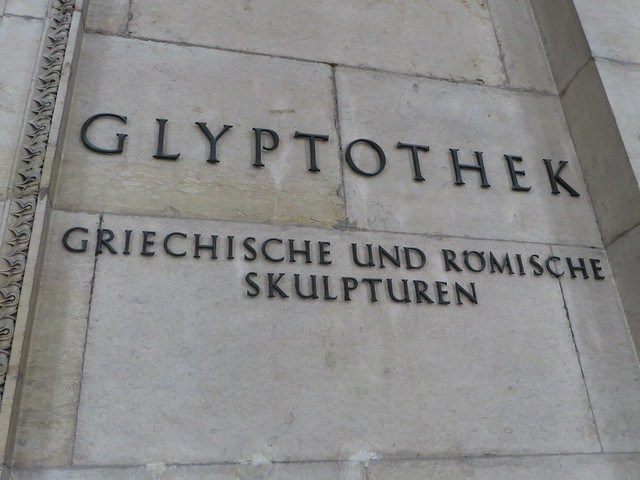
SAY IT FIVE TIMES FAST!
–
So I headed off. We were staying in a hotel a little further out, where Rand’s conference was held. This meant that it took me about half an hour to get into the city center, and another ten to the museum.
I don’t quite know if the museum is worth a 40-minute commute. It might be worth a ten-minute one, though.
The Glyptothek owes its existence, like so many other lovely things in Bavaria, to King Ludwig II. The King essentially bankrupted Bavaria by spending all of the royal revenue on the construction of lavish buildings and palaces. While his spendthrift ways may have led to his untimely demise, he also left a remarkable legacy: 150 years later, his projects are now some of Bavaria’s most lucrative tourist destinations.
Ludwig was just playing the long game. The very, very long game.
I arrived at the museum a little before it opened, and milled around the gravel walkway out front. A group of seemingly-feral schoolchildren were running around nearby. One of them lowered his head, and ran straight for me, more or less knocking the wind out of me. His frazzled schoolteacher followed soon after, frantically apologizing.
I smiled, but decided it would perhaps be best if I waited elsewhere. Except for the class trip, the place was virtually deserted. I suspect not a lot of people are passionate about sculpture at 9:30 in the morning.
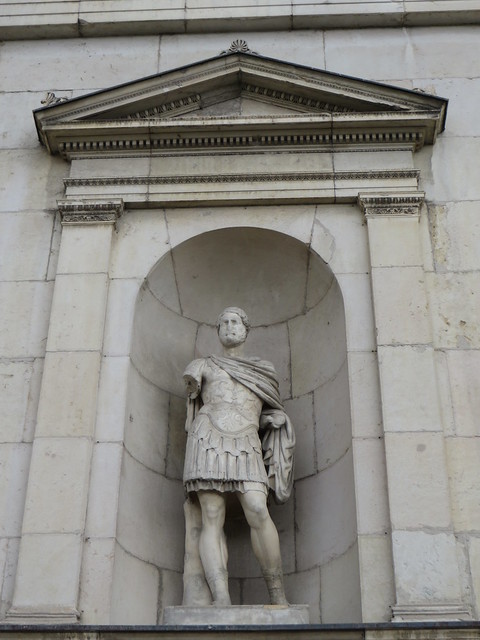
–
When I returned to the front, the class had dispersed. I wandered inside and found that if I was a little strategic, I’d be able to avoid them entirely in the small museum, and have many of the galleries entirely to myself. Funny thing about sculpture, though: even when you are alone, you don’t really feel like it.

OMG HE IS TOTALLY STARING AT YOU, MELISSA. MAJOR AWK.
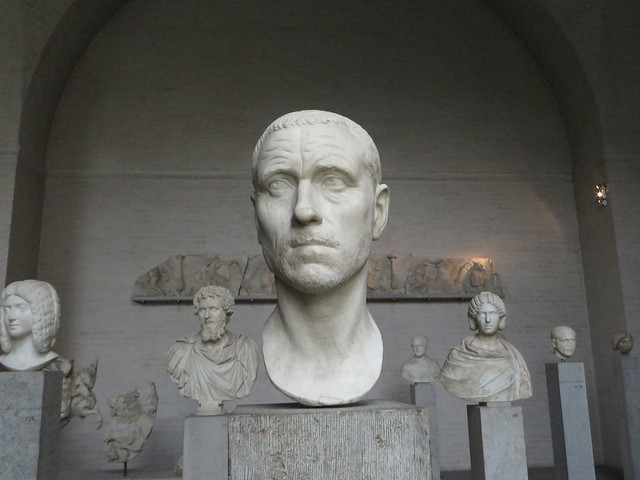
It was lovely, cold, and quiet. I did my best to tread softly – my footfalls echoed across the stone floors and walls. Originally, the entire place had been made of marble, but it was bombed during WWII, and was later reconstructed from brick and plaster.
I thought the light was rather fantastic, though I read somewhere that the building isn’t designed for optimum display of the works, but rather an attempt to recreate classical Greek and Italian styling.
It’s funny, but in the past, I never really considered style as a component of sculpture. I’d always sort of considered it to be documentary. A representation of everyone’s consensus of how certain things looked. This is massively off-base. The Glyptothek makes that abundantly clear – each gallery houses works from different time periods, illustrating the evolution of sculpture over the centuries.
Just a quick glance at works from disparate eras shows this. Take a look at this early “Kouros”. These sculptures take their name from the Greek word for youth, and often are idealized representations of precisely that. They all look fairly similar.

–
The lines are smooth, with not a lot of detail or definition. They stand, looking directly ahead, a rather vapid expression on their faces. Cute, but really, really dumb.
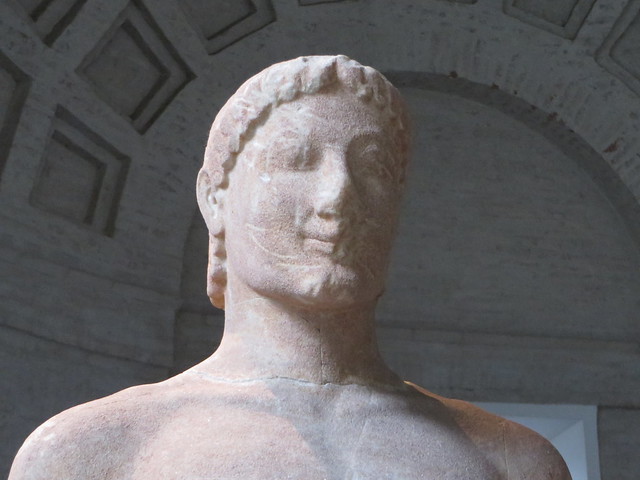
–
Now compare those to the cool drink of marble that is Diomedes:

Why, hello there.
–
Granted, my inadvertent cropping leaves out some rather critical information about the King of Argos‘ dangly bits, but still, totally dishy, right? His body is more (ahem) mature, with stronger lines, and his head is turned, looking off into the distance. The kouros looks, in many respects, far more juvenile.
In another room I found this piece, which I thought was rather beautiful, and totally unexpected.
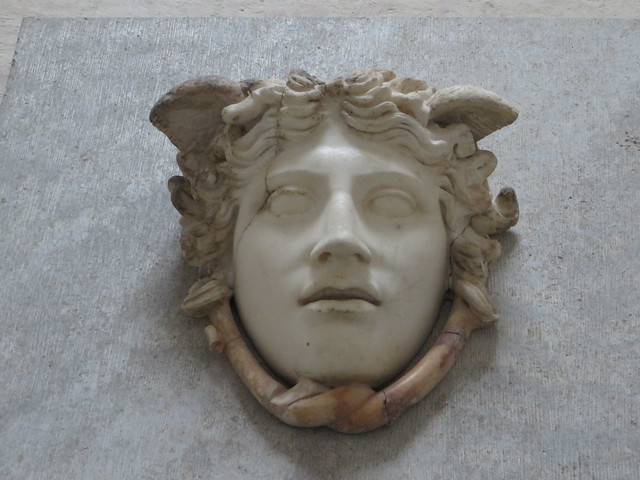
Lovely, right?
–
Believe it or not, that’s actually supposed to be Medusa. I’m accustomed to seeing her portrayed as a hideous monster, with snakes for hair. But this interpretation of her has a rather sweet face with two small wings poking out of the her head, like the ears of a cat. The only serpents are two entwined just under her chin.
This gentleman just cracked me up:
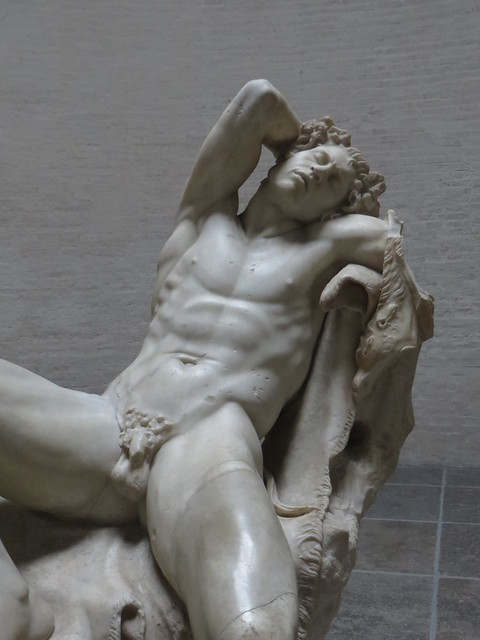
–
He is the Barberini Faun – a satyr who is shown peacefully sleeping (presumably after some serious debauchery). Honestly, I feel like he should be sitting on a couch in some rundown apartment in southern California, a discarded PBR sweating on a coffee table nearby. At some point his parents show up unexpectedly and tell him to put on some pants and GET A JOB.
One of my favorite features of the museum is the cafe. Not that I ate there, mind you, but I inadvertently passed through it, because it is smack dab in the middle of the museum. You are just walking through the different rooms and – BOOM – one is full of pastries. How terrific is that?

If it were up to me, every museum EVER would have a room full of cakes in the middle of it.
–
The Glyptothek is not terribly big. Even at the glacial speed at which I move through museums, I was through it all in about half an hour.
That gave me plenty of time to see Ares …
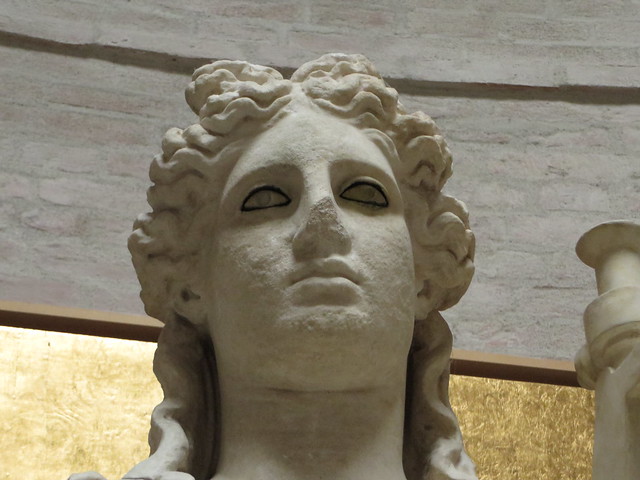
Or as I called him, “Goth Ares.” His eyes are lined in bronze, which has turned black over the years, resulting in the Robert Smith-esque look you see here.)
–
And the wee goose-strangler …

–
And this creepy Satyr, which kind of looks like a lecherous version of actor Michael J. Pollard.

I can always spot the satyrs, even before I see any distinguishing features, because they have a creepy look about them like they know what color underwear you have on.
I was done with time to spare, and since my ticket included admission to the State Collection of Antiquities (Staatliche Antikensammlungen) across the street, I decided to head there.
If you go, please use caution while crossing the street. It may look pedestrian-y, or even like it’s a one-way, but I assure you: it is not. Cars barrel down the road from both directions rather quickly. Use the crosswalk, or be very, very careful.
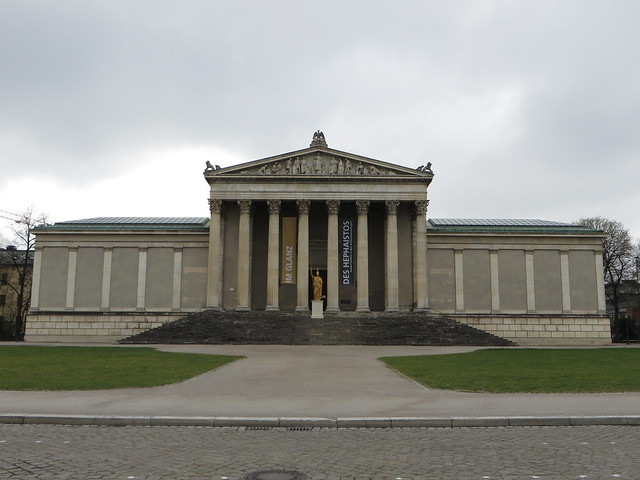
Appearances aside, I assure you: I was not in the middle of the street when I took this photo.
–
The building looked remarkably similar to the one I had just left, except that there’s a huge statue of Athena out front. She’s a colorized reproduction of a statue that can be found at the Glyptothek. The eyes on the original were made from a less resilient material than the surrounding marble and are long gone, leaving two dark sockets. And while that sounds horrifying, I assure you, it’s not anywhere near as disturbing as the buggy Steve-Buscemi-ish eyes they’ve added to the one outside the antiquities museum.

GAH WHAT NO.
–
The interior is far different than its counterpart across the street. The place looks sleek and modern.

Spot the kouros!
They have a massive collection of pottery, and a bit of sculpture, too. I particularly enjoyed this take on Zeus, which had curved ram horns on either side of his head.

–
There are a few little placards and signs spaced throughout the museum, but they’re almost exclusively in German. I suspect not a lot of foreign tourists make it there. The downside of this was that I obviously couldn’t decipher much about many of the works on display.
The upside was that I could come up with whatever narrative I wanted.
You can just imagine what I had to say about this:
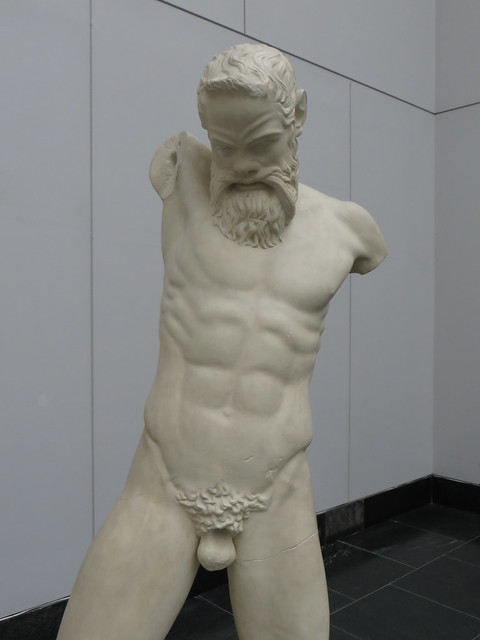
–
Imagine being a satyr with a missing winky. It would be so awkward, wouldn’t it? You’d be the loneliest guy at the orgy.
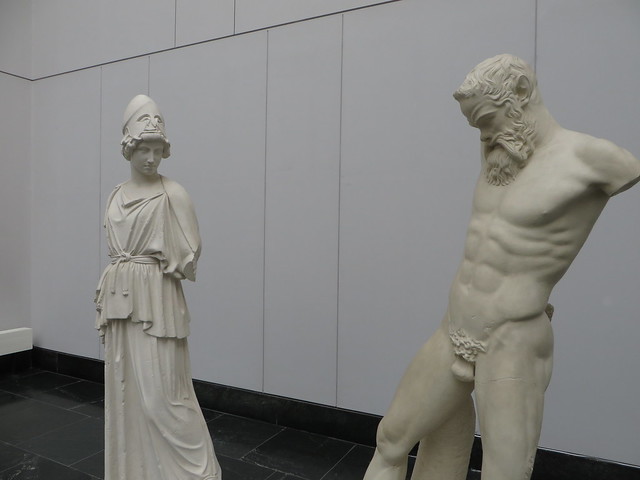
ATHENA IS NOT IMPRESSED.
–
I passed quickly through the antiquities museum – I was in there for probably no more than 15 minutes (even if you account for the 5-minute-long giggle fit that was induced by the above works). But if pottery is your thing, or you can read a modicum of German, it’s worth a slightly longer look.
Jet-lag was setting in, so I decided to hop on the train back to Marienplatz before I was too tired to remember where I was. I wish I had struggled it out a little bit more – I later realized I was in the Kunstareal (the Munich Arts district), and there was tons to see just a few steps away from me.
I think that’s the key to enjoying the Glyptothek: don’t make it a destination on its own – instead, spend a day exploring all the museums and galleries in the area. Otherwise, your adventure will feel incomplete. Like something is missing.
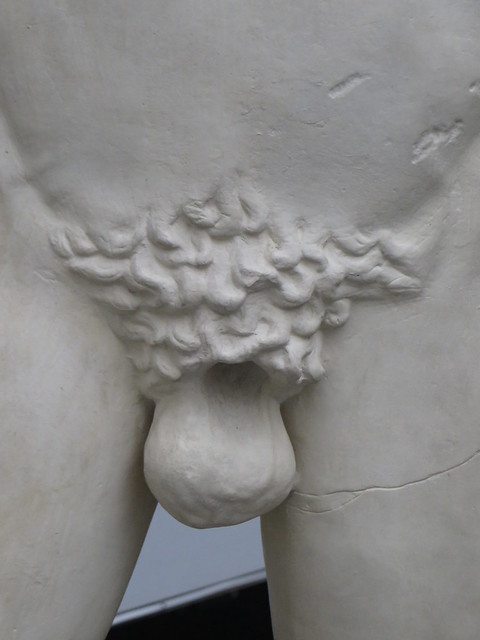
Um, yeah.
Something important.
—————
The Essentials on The Glyptothek, Munich:
- Verdict: Maybe. If you like museums, you should spend a day exploring the entire Kunstareal Art District, not just this one museum.
– - How to Get There: It’s an easy subway ride from downtown Munich. And even though I was coming from further out, I only had to transfer once.
– - Ideal for: Sculpture and architecture lovers (the entire building is gorgeous).
– - Insider tips: Your 6 Euro admission ticket will also get you in to the antiquities museum next door. I usually don’t suggest this, but I’d recommend spending 1 Euro on the guide book – it goes into detail about all of the pieces, with photos. It’s nothing you can’t see on the plaques inside the museum, but it’s nice to look at once you get home.
– - Nearby food: There is a cafe smack dab in the middle of all the galleries. If you are looking for something more substantial, downtown Munich is just a few subway stops away – offering all kinds of Bavarian deliciousness.
– - Good for kids: Nope. I’m actually shocked there was a school group there. The kids were about 10 or 11, and I think they probably were bored out of their tourist-ramming skulls.


